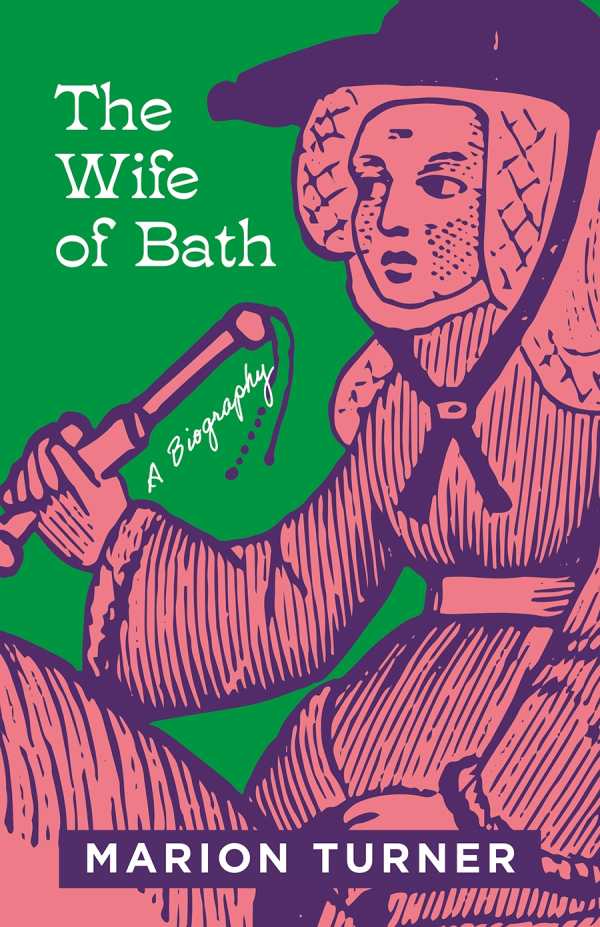The “first ordinary woman in English literature” – a lovely way of introducing the Wife of Bath from Chaucer’s “The Canterbury tales” – “not a virginal princess or queen, not a nun, witch, or sorceress, not a damsel in distress”.

Sean Sheehan
The Wife of Bath is a working woman who goes on holiday, attractive, sexually active, and the fact that she never existed in flesh and blood only makes her presence more extraordinary.
Marion Turner begins her biography by looking at historical evidence relating to women who did exist around the late-medieval lifetime of Chaucer (c.1340-1400). She develops four aspects of the Wife of Bath – her status as a working woman, her many marriages, her identity as a storyteller and her liking for travel – to provide a creditable context for the existence of someone like her.
In the second part of her book, Turner discusses reader responses to the character whose first name is Alison and how she has been reinvented and remade for later generations.
 Shakespeare and many later English writers were influenced by her, as were communists in the twentieth century and Black women writing post-colonial drama and poetry. She has also been caricatured in misogynistic ways over the centuries but, outliving her critics, Alison remains as defiant, admirable and inspiring as ever.
Shakespeare and many later English writers were influenced by her, as were communists in the twentieth century and Black women writing post-colonial drama and poetry. She has also been caricatured in misogynistic ways over the centuries but, outliving her critics, Alison remains as defiant, admirable and inspiring as ever.
The Wife of Bath was created at a time of labour shortage – as many as one in three Europeans had died in the first wave of the Black Death plague (1348-1349) – and there were opportunities for women in cities like London.
Feudal beliefs were loosening but not extinguished and Alison was the victim of marital violence by her fifth husband when she tore a page out of a book he liked to read about the wickedness of women.
The Wife of Bath loses no time in mentioning her five husbands and her many marriages have always been part of her afterlife. People were imprisoned for printing ballads about her, one instance of attempts to silence outspoken women, and scribes had a habit of writing anti-feminist glosses on manuscripts of “The Canterbury tales”.
In the eighteenth century, Alison found supporters in continental Europe, from Voltaire to Pier Pablo Pasolini, and affinities are traced by Turner in the character of Molly Bloom in Joyce’s “Ulysses”.
Another chapter looks at how Alison has been used by new authors in postcolonial Britain, with some Black female poets finding inspiration in her boldness of voice that speaks back to power.

The author, an Oxford professor of English, writes in a companionable way that makes this a most engaging book about a fourteenth-century woman.
The Wife of Bath may only have come into existence on medieval manuscripts but she remains alive for contemporary readers who recognise her situation as a woman in a man’s world – no other character in “The Canterbury Tales” is interrupted as much as Alison – who will not be put down.
“The wife of bath: a biography”, by Marion Turner, is published by Princeton University Press.












.jpg)












